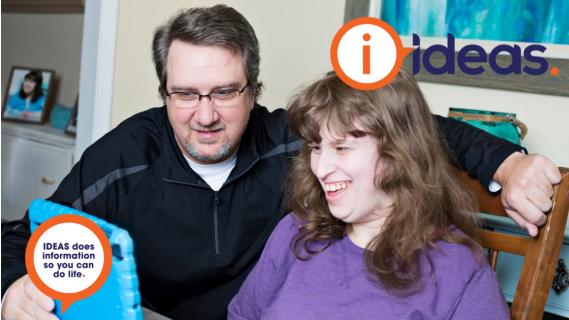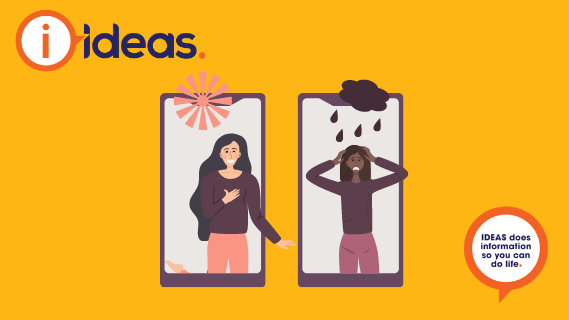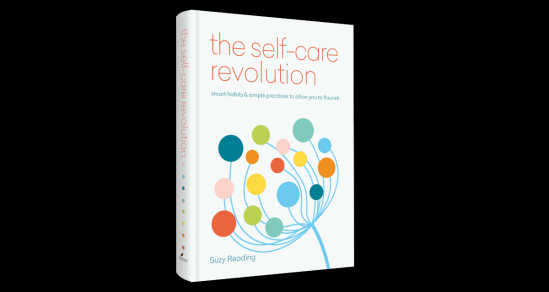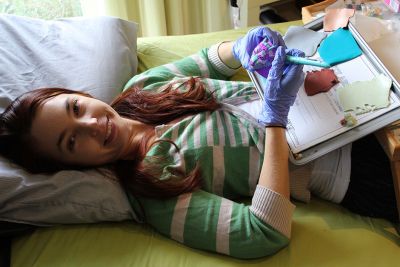High blood pressure only when you visit the Doctor? White Coat Syndrome is not yet fully understood. In this article, we break down the key points of White Coat Syndrome.
What is White Coat Syndrome?
Also called “White Coat Hypertension”. Or White Coat Effect. It refers to the circumstances where a persons blood pressure readings are high when taken in a medical setting, but their blood pressure is standard in most other settings (such as when they take the readings at home).
Someone who would usually have normal blood pressure can have spikes in blood pressure when visiting a doctor or hospital. This spike in blood pressure typically only happens in medical settings, rather than as general high blood pressure.
What is blood pressure?
Blood pressure is a measurement of the pressure of the blood on the walls of your arteries as the heart pumps blood around the body. Throughout the day, blood pressure will go up and down naturally, depending on what you are doing.
A ‘normal’ blood pressure reading would be:
- Systolic blood pressure under 120 mm Hg (a measure of pressure in the arteries when the heart muscle contracts)
- Diastolic blood pressure under 80 mm Hg. (a measure of pressure when the heart is between beats)
- 120/80 mmHg or under.
Low Blood Pressure Range is less than 90mm HG/ 60 mm Hg.
What is high blood pressure?
High blood pressure is where the pressure of the blood against the artery walls is too high. That is usually a reading above 140/90 mm Hg.
Why does “White Coat Syndrome” happen?
White Coat Syndrome is not fully understood. But it is named White Coat Syndrome recognising that Doctors often wear "white coats". White Coat Syndrome can increase the risks of cardiovascular issues.
Worries the blood pressure will spike can be enough reason for the blood pressure to spike during the reading.
As a child, Mary* spent considerable time in hospitals, had tubes into her lungs, hooked up to many machines, and she recalls hiding from the doctors and nurses to try and avoid them. As an adult, Mary has high blood pressure when visiting her Doctor. She can take regular readings at home. So her Doctor checked her machine and confirmed it is working correctly. Mary is sure her medical history and feelings of fear related to the memories, contribute to her high blood pressure when visiting her Doctor. Her Doctor has suggested she has White Coat Syndrome.
Working together, Mary and her Doctor keep a blood pressure record chart.
Mary is learning ways to relax when having her blood pressure taken by another person.
Name changed to protect identity.
Where can I have my blood pressure measured?
Pharmacies often have blood pressure monitors, ask your pharmacist. They are also at your local medical practice by a nurse or GP. If you are concerned about your blood pressure, some clinics, pharmacies and community health centres have machines for hire. They can also teach you how to take a blood pressure reading.
This article provides general information only. Seek medical advice from your treating doctor or health professional if you have questions or concerns.









































